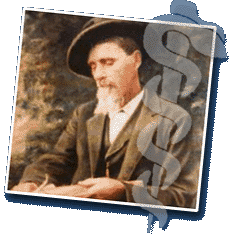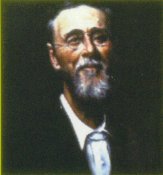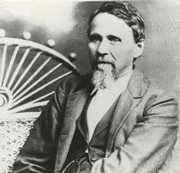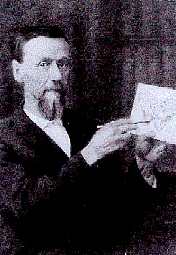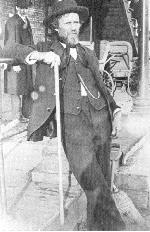Osteopathic care focus of college's information day
Medical students and faculty filled the Osteopathic Manipulative Medicine Laboratory during Friday's open house at the MSU College of Osteopathic Medicine.
The students performed hands-on procedures such as adjusting back alignment and giving neck massages for the several high school and college students interested in attending the college.
The open house was meant to showcase the college's students and facilities, but Pat Grauer, director of public relations for the college, said there were other goals as well.
"It is an open house to allow the community to see what our school and students look like," Grauer said. "Many of the people, though, are students in college who would be interested in attending our school in the following year."
The college was named the fourth-best medical school in the country last week, according to the 2007 edition of America's Best Graduate Schools from U.S. News & World Report.
The college emphasizes an osteopathic approach, which means being more patient-centered while practicing medicine. The students continue to learn the fundamental skills to becoming doctors, such as delivering babies and performing surgeries, but also how to master the one-on-one patient relationship, Grauer said.
The open house had multiple activities that allowed people to get a feeling of what goes on in the college. The medical students gave hall exhibits of the college, which included an exclusive tour of the new MSU Learning Assessment Center, a lab set up as a doctor's office to provide an atmosphere to students that more closely resembles a hospital.
People also could get free health assessments by the students to check their blood pressure, body mass index and other health information.
Niamh Condon, a first-year medical student who helped administer the evaluations, said the health assessments are a major osteopathic medicine focus.
"These health assessments helps gauge if a person is at risk for any major health problems," Condon said. "This is a big deal when it comes to practicing osteopathic medicine."
The open house also had presentations by faculty members who covered some of the cases a medical student could possibly encounter.
Dr. Jake Rowan, an assistant professor in the Department of osteopathic manipulative medicine, presented a case on Osteopathic Manipulative Medicine, or OMM, and its importance to osteopathic medicine in general.
"My presentation is on carpal tunnel syndrome, but this type of medicine can be used for any injury," Rowan said. "OMM adds a different outlook when an injury is assessed."
Rowan explained OMM as a hands-on approach to practicing medicine, in which the doctor literally uses his or her hands to assess a patient's injuries.
The open house included an OMM room, where several students gave people checkups to show them how this brand of osteopathic medicine could help solve many medical problems.
"Osteopathic medicine already gives medicine more of a balance," Rowan said. "OMM is just one more option to give to the patient and add to that balance."
All of these events showed off the college's facilities, staff and students, but the main goal was to attract future students to the program, Grauer said.
"This school has such a great reputation, the people make you feel so comfortable and the atmosphere is amazing," said Linda Assaf, a second-year medical student. "This was my first choice and I hope anyone visiting today hoping to go here makes it theirs."
Reddog Sina, a first-year medical student who was a professor at MSU for eight years before he decided to make a career change, said he felt there was a great balance between academics and medicine at MSU.
"They are able to integrate both sides here," Sina said.
"Academics and medicine are interconnected, allowing us to practice medicine to its full potential."
Grauer said she hopes that people learned a little more about the college at MSU as well as osteopathic medicine.
"My overall hope is that this open house increases knowledge of the college and osteopathic medicine," Grauer said. "I really just hope we can show ourselves to the public."
